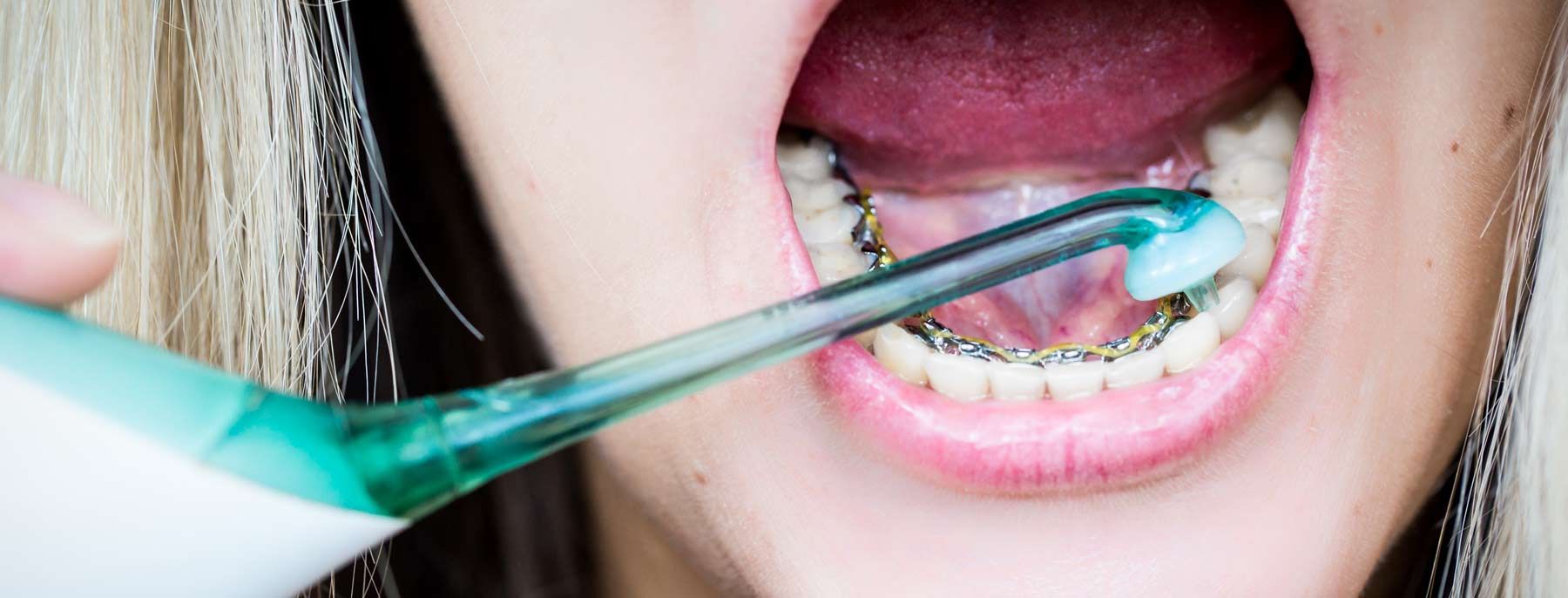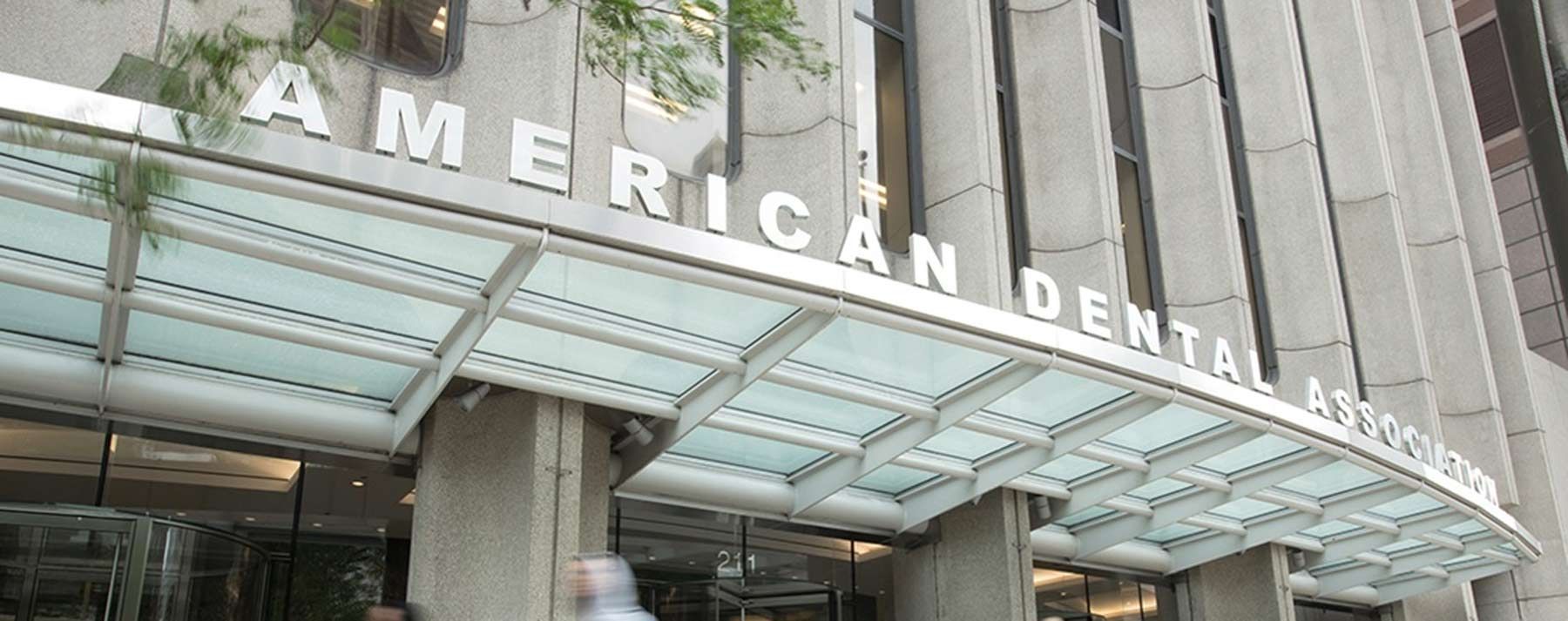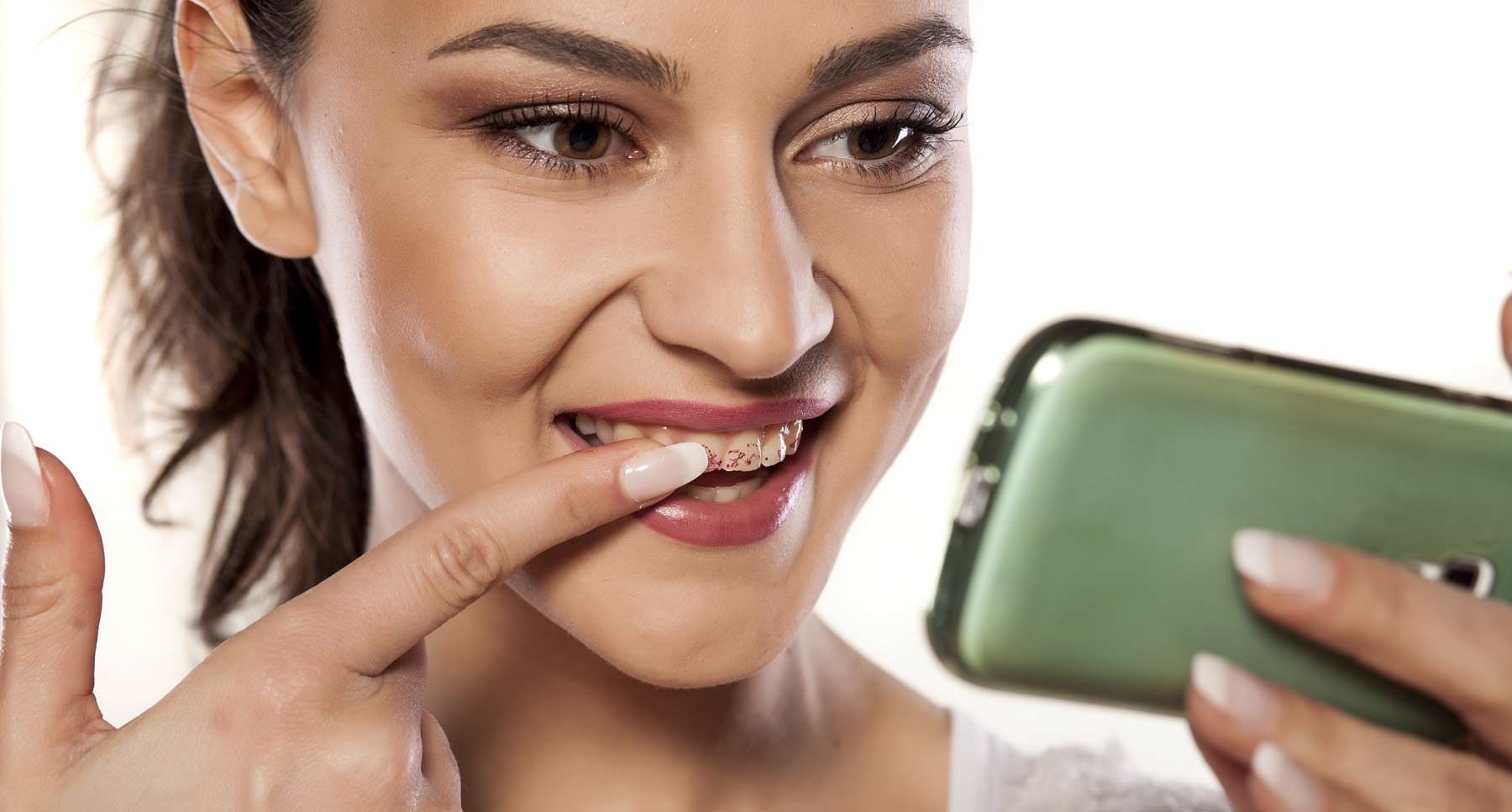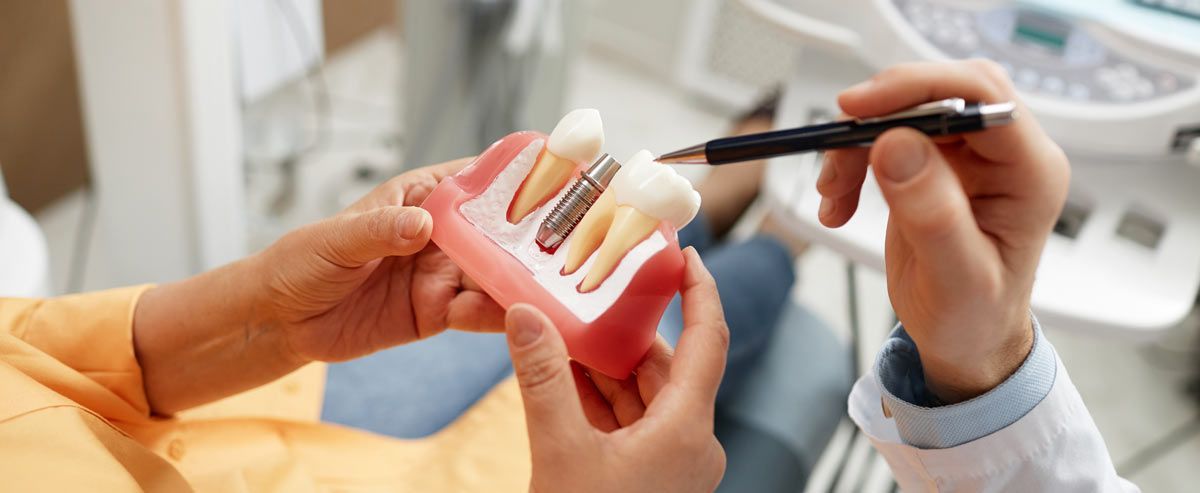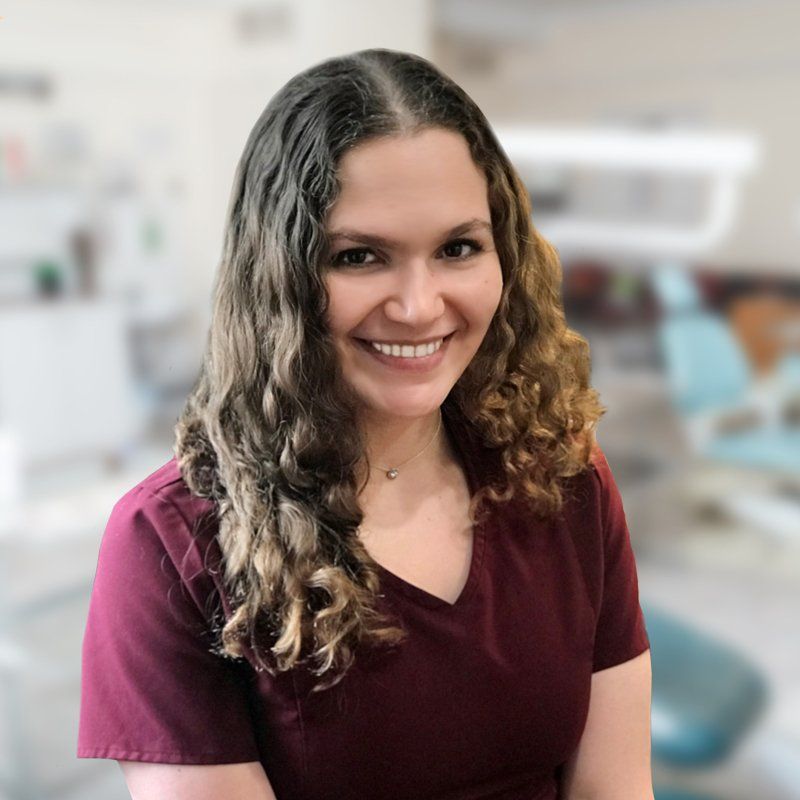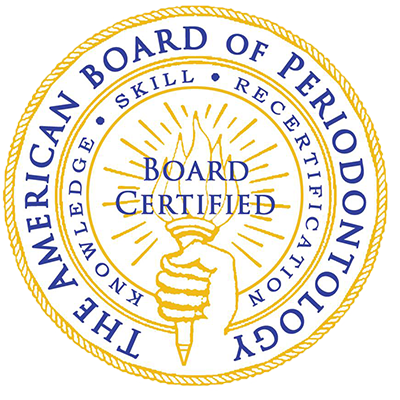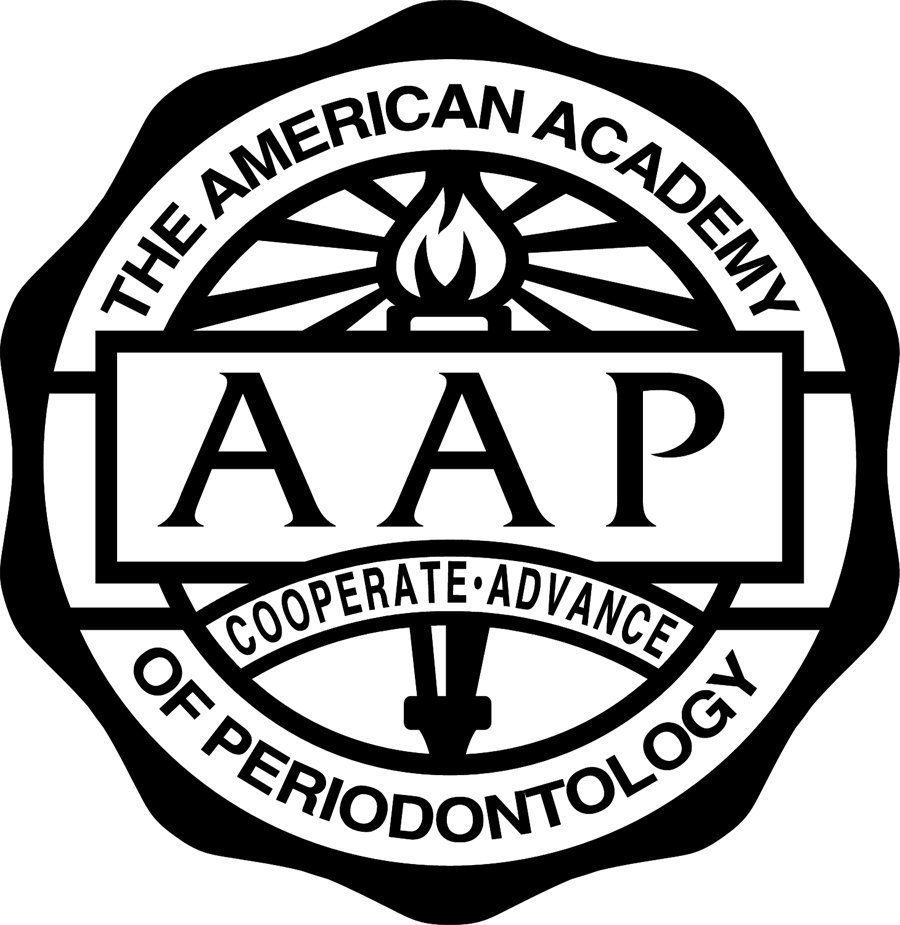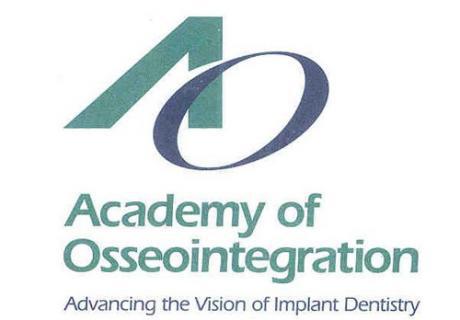A New Way to Treat Periodontitis
Dr. Stephanie Sfiroudis was the first Nassau County Periodontist to offer patients Laser-Assisted New Attachment Procedure (LANAP): This technique involves using a specific type of laser that promotes healing while also removing pathogenic bacteria and tissues, leading to regeneration.
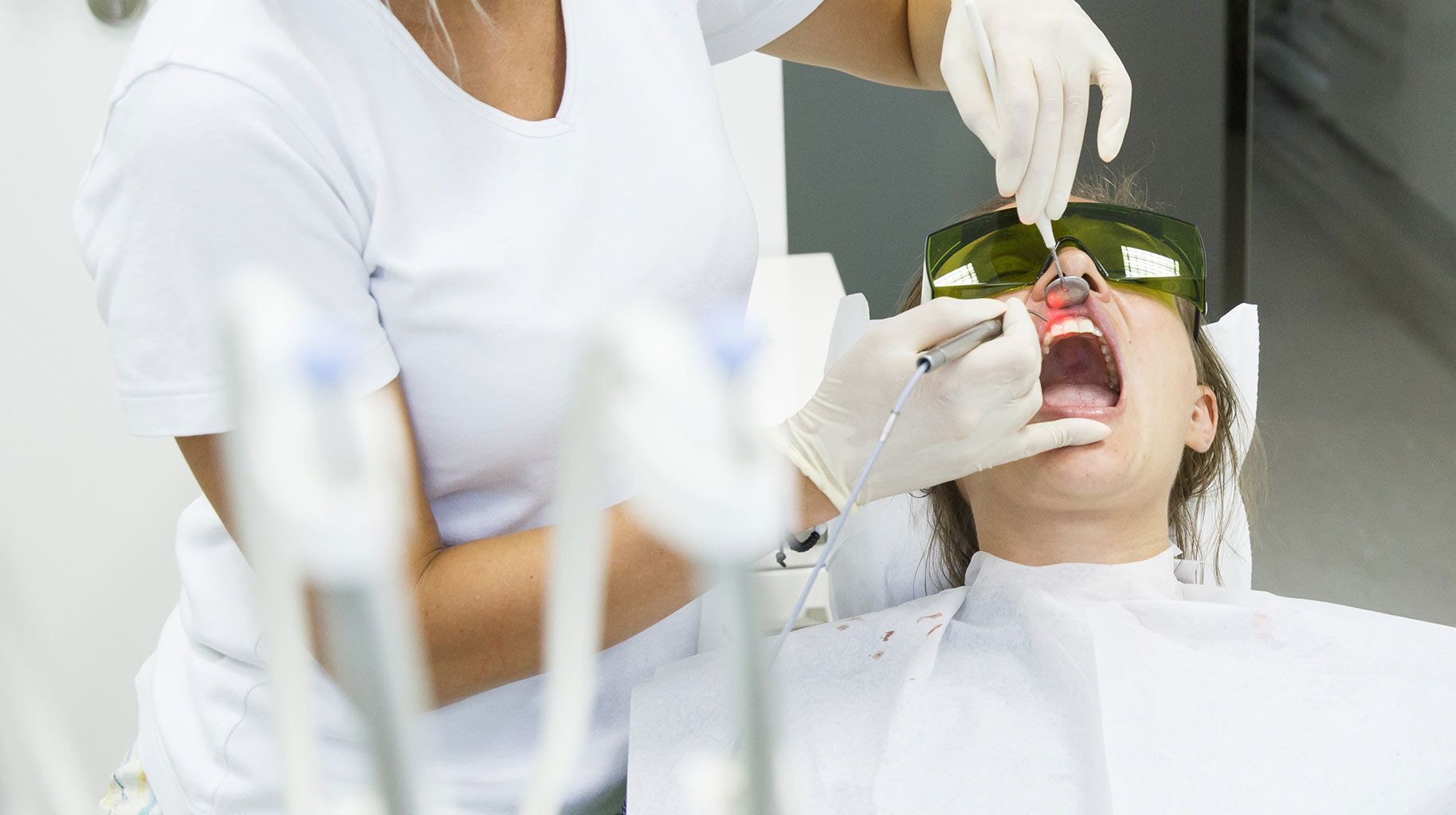
Comparing the Traditional Approaches to Treating Periodontitis Versus the Innovative Laser Technique LANAP, Discussing their Effectiveness, Recovery Times, and Overall Patient Experience.
Periodontitis is a serious gum infection that damages the soft tissue and, if left untreated, can destroy the bone that supports your teeth. An advanced stage of gum disease, periodontitis is often the result of untreated gingivitis, where the gums become inflamed due to plaque buildup. Individuals suffering from this condition face various issues, including swollen and bleeding gums, bad breath, and, in severe cases, tooth loss. Historically, treatment methods were quite different from those emerging in modern dentistry, particularly the use of lasers.
Traditional Treatments for Periodontitis
Historically, the standard approach to addressing periodontitis has been non-surgical and surgical methods. Here’s a closer look at these methods:
- Deep Cleaning (Scaling and Root Planing): This traditional procedure involves the mechanical removal of plaque and tartar from beneath the gum line. During deep cleaning, dentists or hygienists use specialized tools to scrape away deposits on the teeth and smooth the root surfaces. This promotes the reattachment of the gum tissue to the teeth, facilitating healing and reducing inflammation. While effective, this process can be uncomfortable and often requires multiple appointments to complete thoroughly.
- Antibiotic Treatment: Antibiotics may be prescribed to help control bacteria and inflammation. This can come in the form of oral medication or locally applied gels placed directly into the pocket between the teeth and gums. While antibiotics can be beneficial, they are most effective when used in conjunction with deep cleaning.
- Surgical Procedures: In more advanced cases of periodontitis, surgery may be necessary. Procedures like flap surgery (where the gums are lifted back to remove tartar and then stitched back into place) or bone grafts (to restore lost bone) can be performed. These approaches are often invasive and come with longer recovery times.
- Maintenance and Follow-up: After initial treatments, patients require regular maintenance visits—typically every three to six months—for monitoring and ongoing care. This interval aims to prevent further degeneration of gum health and is critical for long-term success in managing periodontitis.
While these traditional treatments have been successful for many, they come with drawbacks. The procedures can be painful, with significant healing times, and patients may experience anxiety regarding invasive surgical interventions. Additionally, while these methods address the symptoms, they do not always effectively eliminate the underlying bacterial inflections associated with periodontitis.
Laser Treatment for Periodontitis
In recent years, laser therapy has emerged as a revolutionary alternative to traditional methods in treating periodontitis. This advanced technology utilizes focused light beams to target diseased tissue selectively. Let’s explore this modern approach.
Mechanism of Action: Laser surgery works by emitting a concentrated beam of light that can remove infected tissue and bacteria without affecting the surrounding healthy tissue. Different types of lasers, such as Diode lasers and Erbium lasers, can be used to carry out precise and controlled periodontal therapy.
Benefits of Laser Treatment LANAP
- Minimally Invasive: One of the most significant advantages of laser therapy is that it is less invasive than traditional methods. The precision of lasers minimizes trauma to the surrounding gum tissue, resulting in less pain and swelling.
- Reduced Bleeding and Swelling: Laser treatments often lead to lesser bleeding during and after the procedure as the laser also seals blood vessels, significantly enhancing the healing process, allowing for faster recovery.
- Quicker Recovery: Patients typically experience less downtime with laser treatment. Many return to their daily activities almost immediately after the procedure, which isn’t often the case with traditional surgery.
- Lower Risk of Infection: The sterilizing effect of lasers reduces the likelihood of postoperative infections, which is a concern following traditional surgical methods.
- Precision: Lasers allow for highly targeted treatments and can selectively remove infected tissue without disturbing healthy tissue, fostering better overall outcomes.
Comparative Effectiveness
Both traditional and LANAP laser treatments have been effective in managing periodontitis, but their approaches and outcomes differ significantly. Traditional methods, while tried-and-true, can lead to uncomfortable treatment experiences, longer healing times, and require ongoing maintenance care. Conversely, laser treatments tend to be less invasive, are associated with reduced discomfort and expedited healing, and show promise in promoting regeneration of gum tissues.
However, the choice of treatment often depends on several factors, including the severity of periodontitis, patient preference, and the availability of laser technology in a given dental practice.
Conclusion
As advancements continue in the field of dentistry, treatments for periodontitis have evolved considerably. The traditional methods have been effective for many years, offering reliable outcomes in managing gum health. However, with innovations in laser technology, patients now have more options that may provide faster recovery times, reduced discomfort, and fewer long-term complications.
Ultimately, the best course of action for anyone dealing with periodontitis is to consult with a dental professional who can provide personalized advice based on the severity of their condition, health history, and preferences. Regardless of the method chosen, the goal remains the same: to restore optimal oral health and prevent further complications. Regular check-ups and proper oral hygiene habits are crucial components in the journey toward maintaining healthy gums and teeth.


